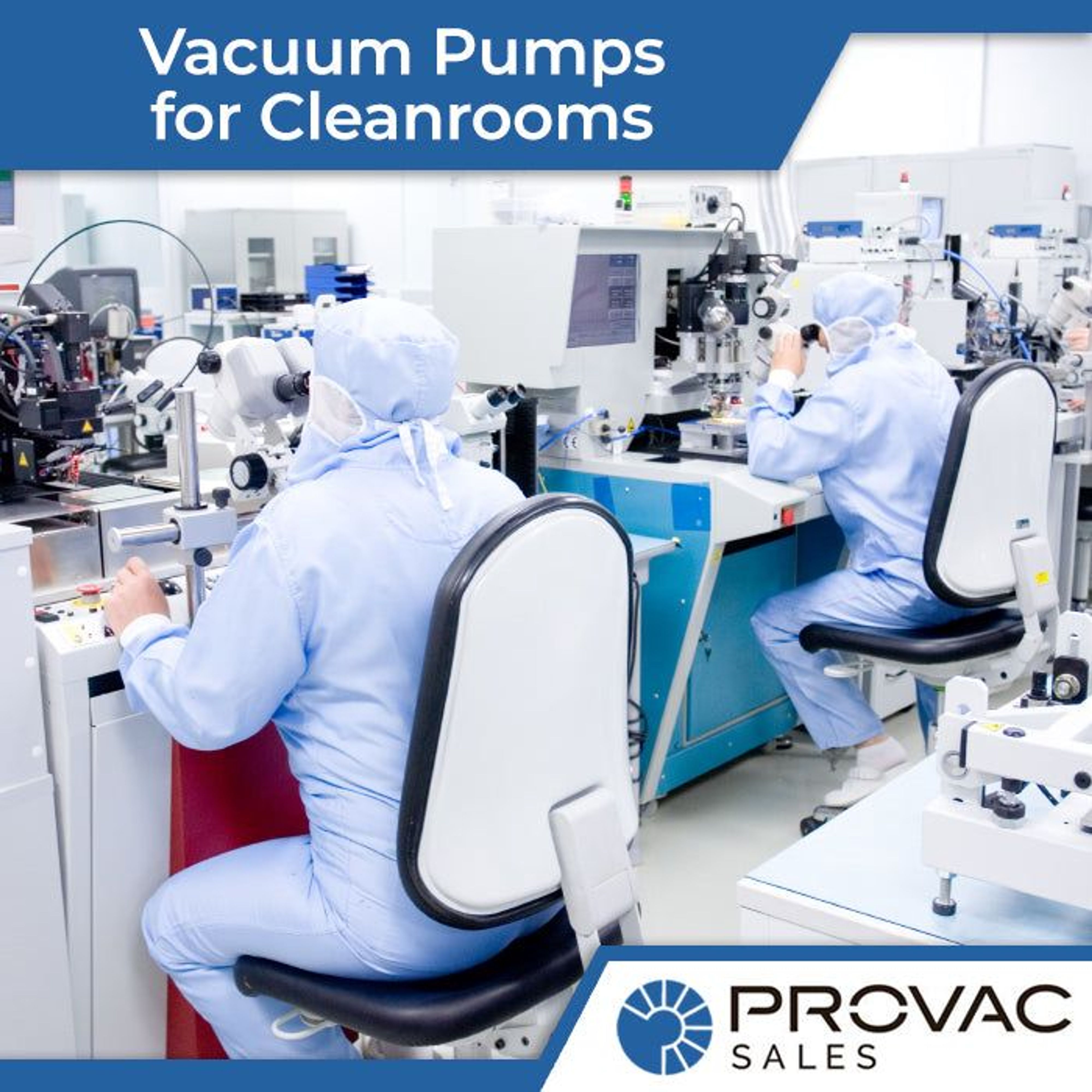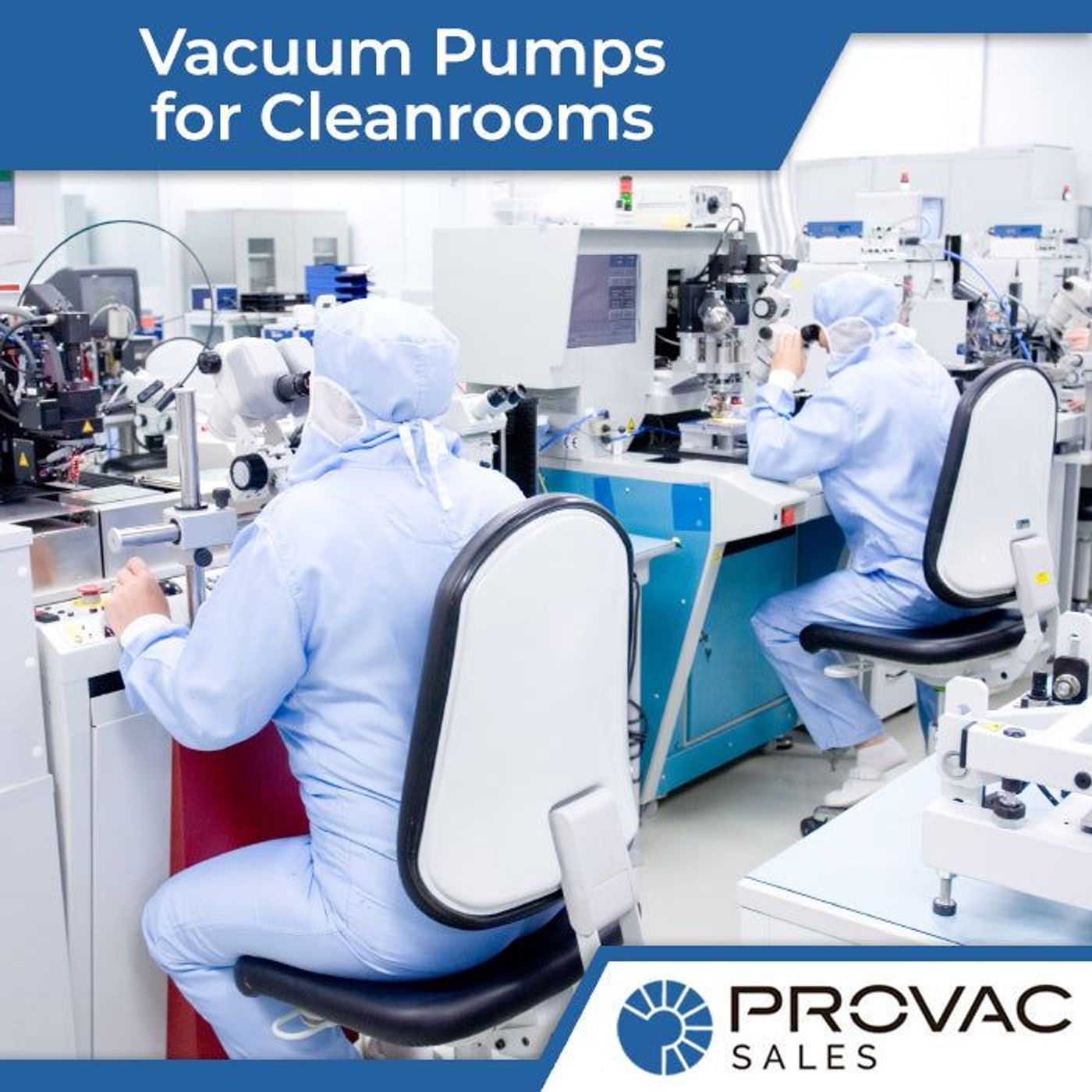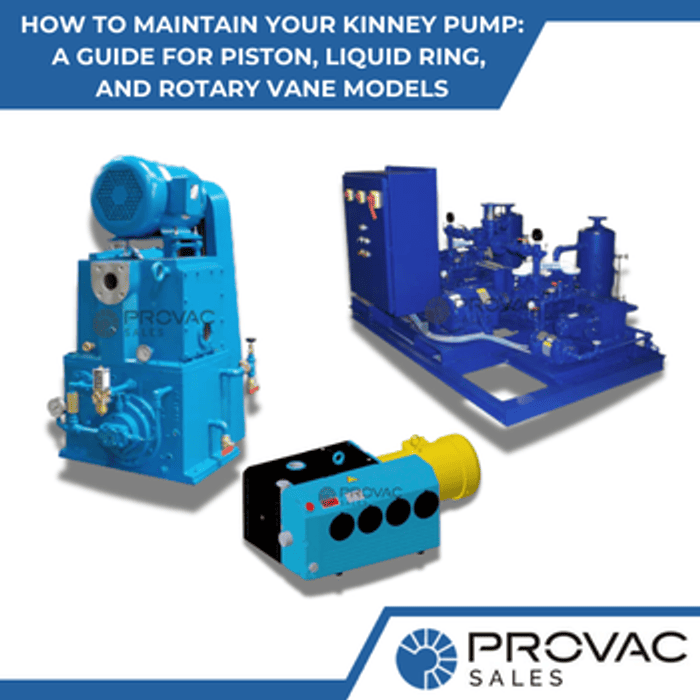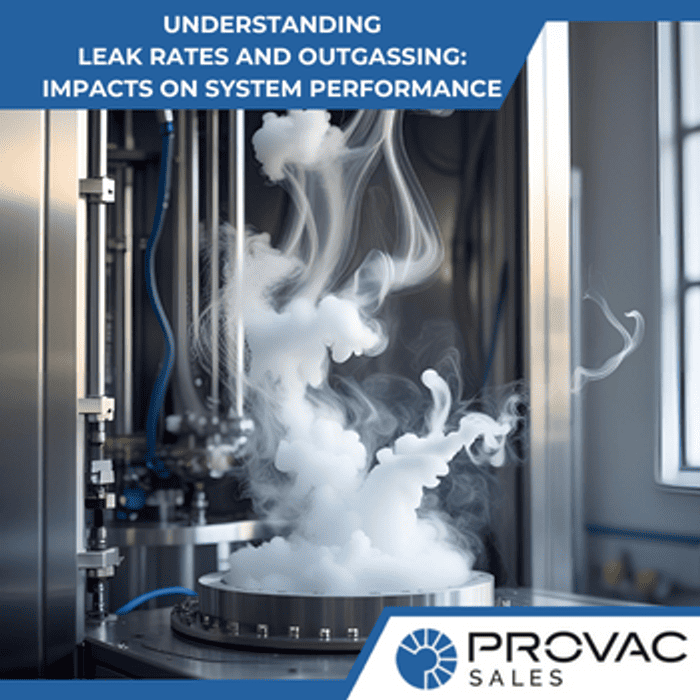Vacuum pumps are quite popular in cleanrooms. You will see them being used in the pharmaceutical industry, disk drive, flat-panel display industry, ultrapure water applications, and the food industry. The vacuum pump manufacturers make several changes to the features of these machines to ensure that they are suitable for cleanroom conditions. Some of the factors that you need to keep in mind while buying such a vacuum pump are:
1. Performance
The first thing that you need to consider before buying a vacuum pump for your cleanroom is its performance. Make sure to keep an eye on the ISO class of the pump. ISO classes from 5 to 7 are the best for on-stream reliability and reduction of contamination. It is important to find out whether the pumps can meet these demands, otherwise, they will not fulfill the purpose of buying them in the first place. The materials of construction required for different cleanroom applications, such as PDFA, ETFE, PTFE, or other metal-lined materials are what determine cleanliness. Consider them as the quality standards that you need to meet.
The non-metallic materials mentioned above stop the minerals from leaching, thanks to the vacuum pump. It is the pump that generates ultrapure water. Another thing that you need to remember is the material that you select. That will determine the shape of the vacuum pump. In the case of PTFE, the pump that you buy should be able to line the rubbery material properly so that it can be used as a gasket.
2. Reliability
Is the vacuum pump that you are planning to buy reliable enough? Reliability can be a big problem if you don’t want to halt the cleanroom process for making repairs. For example, in the aseptic processing method, you need to put the vacuum pump immediately outside the cleanroom in order to make the repair work easier. Similarly, in various other cleanroom conditions, you must make sure that the vacuum pump doesn’t make too much noise. Moreover, the pump may create a nuisance by making the cleanroom space dirty.
You may want to connect the vacuum pump to the cleanroom space through the main door or even through a manhole that goes into the pump room. This will be a suitable way to use the pump and better utilize the cleanroom because the location doesn’t get in the way of the pump whatsoever.
3. Pump categories
There are three categories of pumps that are suitable for cleanroom conditions; positive displacement, vacuum, and centrifugal. These categories are further divided into different types of pumps that you can use in cleanrooms; vacuum, metering, air-operated diaphragm, and centrifugal. You have to identify which category better suits your purpose before buying the pump.
Centrifugal pumps are ideal for conditions that require high flow rates at low-pressure situations. On the other hand, air-operated pumps work for conditions that require abrasive or corrosive and extra-pure service. Vacuum pumps are suitable to keep the temperature under control. Suppose your cleanroom application involves high-temperature processing. Using a vacuum pump will help to control the temperature and not go beyond the maximum limit. Finally, metering pumps are useful for controlling the flow in the cleanroom. Its precise flow measurement is what makes it stand out from the rest of the pumps.
One common thing among all these pumps is that they have magnetic drivers that prevent the pumps from leaking. Therefore, you can use the vacuum pump even in disastrous situations, provided your cleanroom is in good shape and working in its optimal condition.
4. Size
Over the years, there has been a significant change in the size of the vacuum pumps. The manufacturers have made them smaller and more compact so that they can fit into any cleanroom easily. Previously, the huge size of the vacuum pumps was an issue for cleanroom operators, having to connect the pumps through a complicated setup. Nowadays, the size of the pump is what makes it different from its counterparts.
The vacuum pumps that you see these days are most suitable for semiconductor production. You can use these vacuum pumps for compound semiconductor applications and also in silicone semiconductor fabs. The advanced features of these pumps allow them to support the production of a wide range of devices, such as laser diodes, MEMS, HBTs, optical waveguides, LEDs, and HEMTs.
Cleanroom operation demands the optimal performance of the vacuum pump throughout the processing session. Most vacuum pumps are also introducing energy-efficient features. However, they cost much more than the other pumps. You need to decide whether you want to save money initially or spend a few bucks more and save on your monthly energy bills later.





